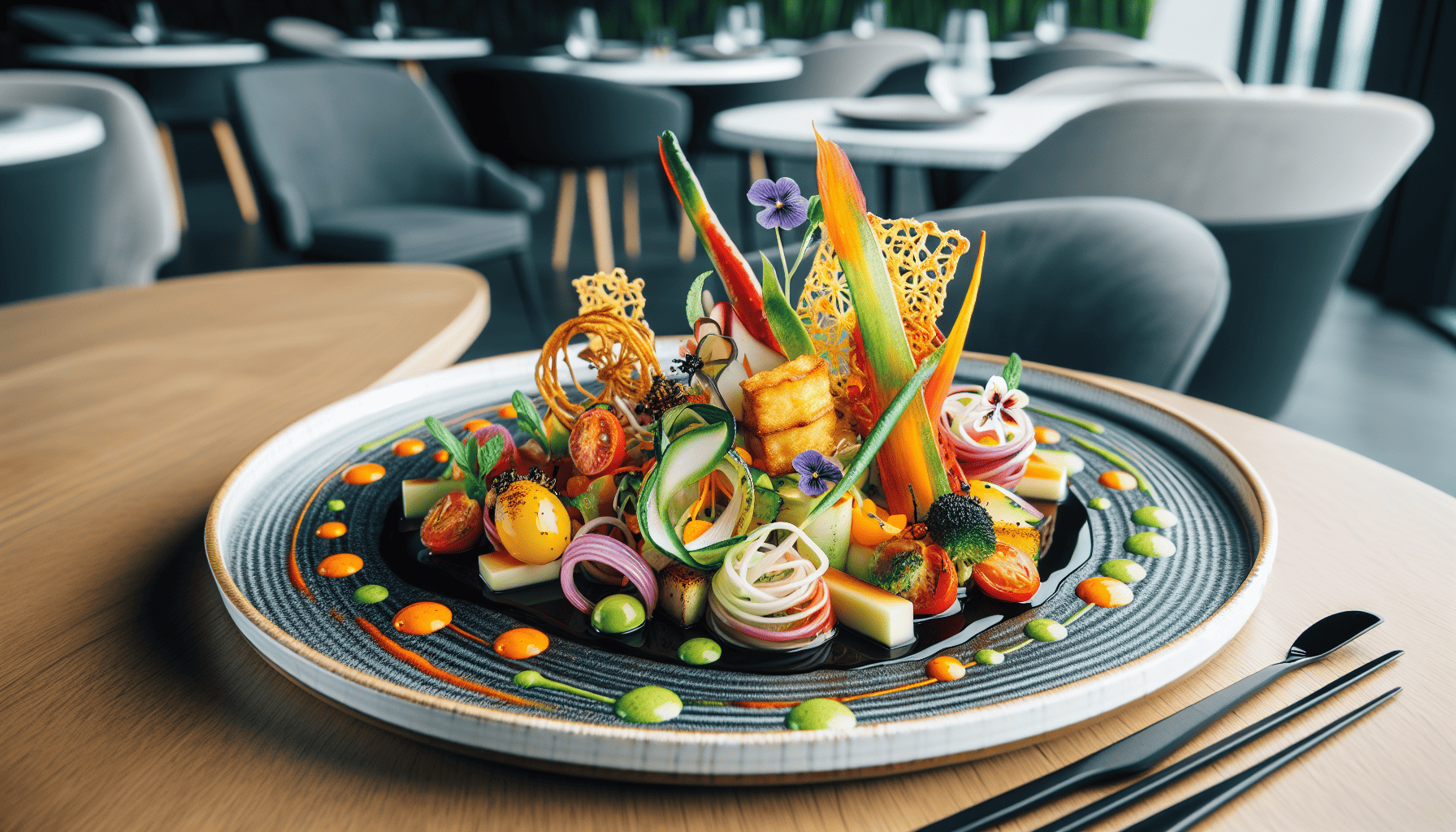In the ever-evolving landscape of gastronomy, contemporary fusion cuisine emerges as a fascinating tapestry where the familiar meets the unfamiliar, crafting a culinary narrative that defies traditional boundaries. At its core, fusion cuisine is an artistic endeavor, a bold statement on the possibilities that arise when diverse culinary traditions intersect. Today, this avant-garde movement predominantly explores the enchanting convergence of Eastern and Western flavors, presenting a modern twist on classic recipes.
The essence of contemporary fusion cuisine lies in its ability to embrace diversity while creating harmony on the plate. It draws inspiration from across the globe, capturing the spirit of culinary cultures and celebrating their uniqueness. Through innovative techniques and fearless imagination, chefs craft dishes that not only tantalize the senses but also tell stories of cultural unity and creative exploration.
A quintessential example of this culinary crossover is the marriage of Japanese and French cuisines. The precision and purity of Japanese techniques meld seamlessly with the richness and elegance of French culinary arts. Imagine a delicately seared tuna served with a wasabi-infused Hollandaise sauce, or a tempura-battered brie cheese paired with a soy-caramel glaze. Each dish is a symphony of flavors, textures, and aromas that invigorates the palate while paying homage to its roots.
Another popular fusion trend is the blending of Mediterranean and Asian ingredients. The vibrant spices and fresh produce of the Mediterranean complement the umami-rich profiles of Asian cuisine, resulting in creations that are both exotic and comforting. Consider a Thai basil-infused hummus or a sushi roll wrapped in vine leaves with tzatziki sauce. These dishes reflect the beauty of convergence, showcasing the potential for diverse components to dance together in perfect culinary harmony.
Contemporary fusion cuisine is not limited to haute dining experiences; it finds expression in street food around the world. The iconic kimchi taco is a prime example, combining the beloved Korean staple with a quintessentially Mexican framework. Similarly, the sushi burrito offers a portable and playful rendition of sushi, morphing Japanese ingredients into a Mexican-inspired form. These creations highlight the playful nature of fusion cuisine, inviting food enthusiasts to embark on a global journey with every bite.
Sustainability and local sourcing often play a crucial role in contemporary fusion cuisine. Chefs prioritize fresh, seasonal ingredients to enhance the authenticity and quality of their dishes while fostering sustainable practices. This commitment to the environment not only enhances the dining experience but also ensures the longevity and progression of the fusion movement.
Fusion cuisine, at its best, encourages dialogue between cultures and fosters an understanding of the world's rich culinary tapestry. It challenges chefs and diners alike to question norms and expand their palates, making dining an exploratory and educational experience. In a world that is ever more interconnected, contemporary fusion cuisine stands as a testament to the beauty and potential of culinary creativity when boundaries are dissolved, allowing flavors to transcend geographical and cultural borders.
As we continue to explore this exciting culinary frontier, contemporary fusion cuisine will undoubtedly evolve, drawing from an ever-expanding array of inspirations and innovations. It invites us to celebrate our diversity, harness creativity, and discover the endless possibilities that lie at the intersection of global cuisines. Whether enjoyed in a high-end restaurant or from a bustling food truck, fusion cuisine is an invitation to savor the art of possibilities—one delicious bite at a time.
